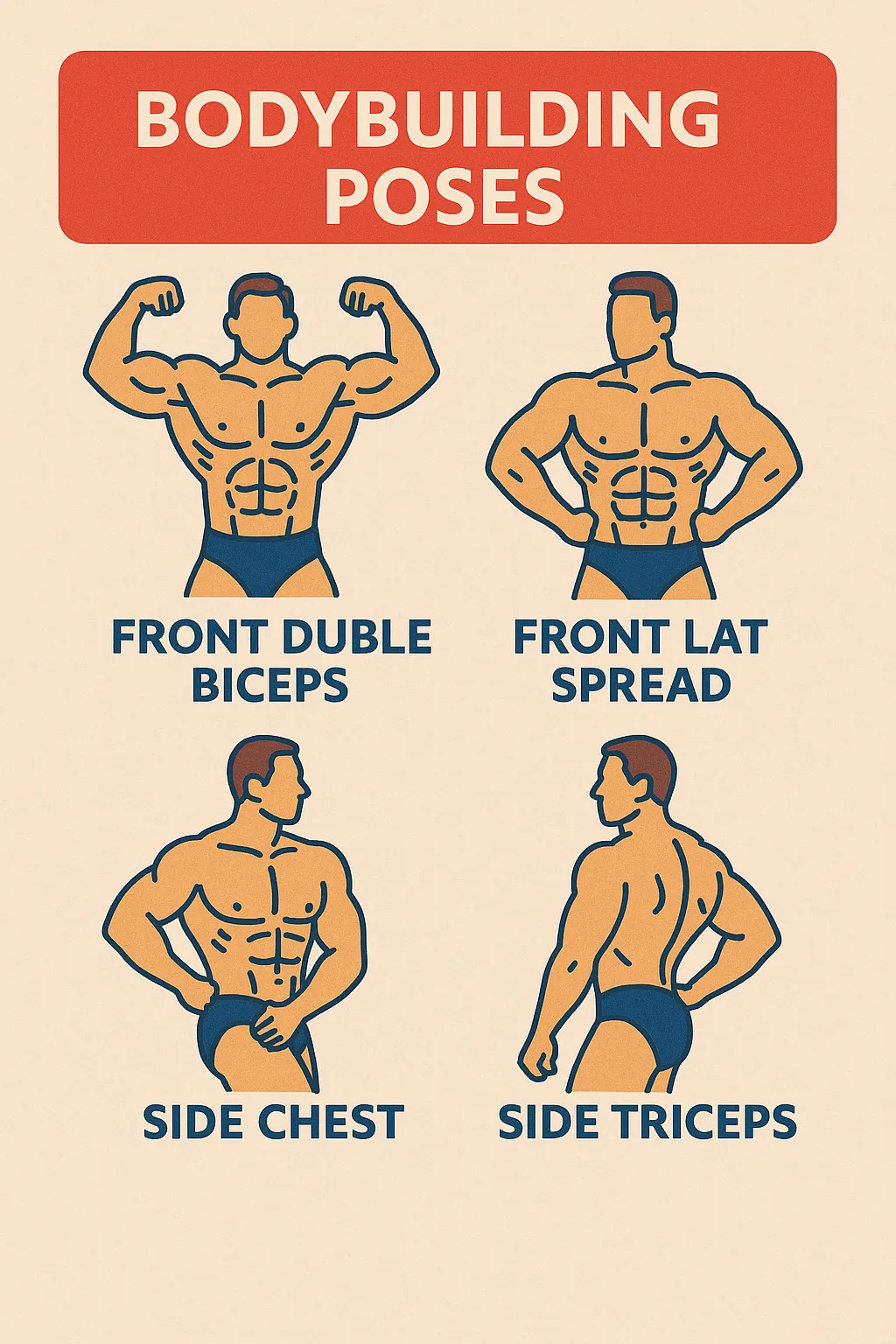Once cervical spondylosis occurs, it’s essential to regain movement and strength. This helps repair tissues and allows you to move again.

Returning to normal exercise levels is impossible immediately, and improvement will be slow initially. However, gradually returning to normal activities is the best method to achieve good short- and long-term results after cervical spondylosis.
Listening to Pain Levels During Exercise
When exercising, you should listen to your pain levels, especially at first. These exercises may slightly worsen your symptoms initially. However, they should become easier over time, and with regular practice, they can help improve movement in the neck.
If the exercises make you feel uneasy, taking medication prescribed by your GP or pharmacist can help you continue exercising.
The exercises taught in these videos are safe for people with cervical spondylosis.
Important Safety Information
• Ensure you perform these exercises in a safe place.
• Do not attempt these exercises if you are unwell.
• If you become ill, stop the exercises immediately.
• If you are doing these exercises for the first time, read the following information before you start.
Neck Exercises
• Head Turn – 27 reps
• Head Tilt – 23 reps
• Forward Head Tilt – 18 reps
• Wide Shoulder Stretch – 18 reps
• Neck Stretch in Lying – 33 reps
• Neck Strengthening in Lying – 33 reps
You can do these exercises while sitting or lying on your back.
Head Turn Instructions:
• Rotate and rest your head on each side to complete one repetition.
• With your head in a forward-leaning position, slowly turn your head to one side as far as comfortable – you will feel stretching on the opposite side of your neck.
• Hold for 2 seconds, then return to the starting position.
• Repeat on the opposite side.
Exercising at the Right Intensity
This manual will help you determine if you’re exercising at the correct intensity. It will also help you gauge acceptable levels of pain or discomfort.
Pain Scale (0–10):
• 0 to 3 – Little pain
• 4 to 5 – Tolerable pain
• 6 to 10 – Too much pain
Managing Pain with Exercise
Pain During Exercise:
• Keep your pain level between 0 and 5.
If your Pain Increases Beyond this, Adjust the Exercises By:
• Reducing the number of repetitions
• Slowing down the movement speed
• Increasing rest periods between movements
Pain After Exercise:
• Exercise should not worsen your existing neck pain overall.
• Learning new exercises may cause temporary muscle aches, but this should subside within minutes.
• Your pain should not be worse the following morning.
How Many and How Often?
Introduce exercises gradually into your routine to relieve neck pain.
You can try all exercises at once or start with one or two and gradually add more as you gain confidence.
Movement and Strengthening Exercises
Repetitions refer to the number of times you perform a single movement. Start with 2 to 3 repetitions in one sitting.
• Perform repetitions every hour in small amounts.
• As it becomes easier, add 1 or 2 repetitions every few days.
Once you Can Do More Repetitions, Break Them into sets to Build Strength. Example:
• Perform 8 repetitions
• Rest for 1 minute
• Repeat another 8 repetitions
• Perform this 2 to 3 times a day
• Gradually increase repetitions, but do no more than 2 sets of 15
Stretching Exercises
Some video exercises are labeled as stretching exercises. If you can hold the position comfortably for a short period, try to extend the hold time gradually. With repetition, your range of movement should improve.
• Stretching should cause a gentle stretch, not pain or discomfort.
• Aim to hold stretches for 20 to 30 seconds.
• Try 2 to 3 sets of stretching 2 to 3 times per day.
• The more you stretch, the more flexibility and range of movement you will develop.
When to Stop Exercising
• Stop if the exercises worsen your symptoms or cause new pain.
• If your neck pain worsens while following this routine, consult a healthcare professional.







